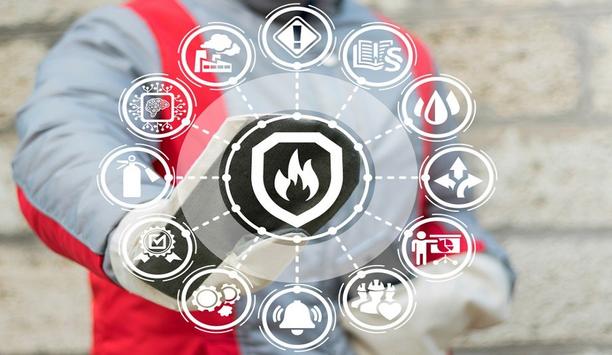Fire departments responded to an estimated average of 32,160 home fires involving electrical distribution and lighting equipment each year in 2015–2019, according to the National Fire Protection Association (NFPA). Electrical fires cause scores of civilian deaths and hundreds of civilian injuries, as well as millions of dollars in property damage.
Some of the electrical components that present fire hazards in the home include faulty electrical outlets and switches, worn or damaged components, overloaded circuits, damaged or frayed cords, and misused extension cords and power strips. Improper use of light fixtures can also be a danger, and space heaters can be a fire hazard, if they are placed too close to flammable materials or left unattended.
Loose plugs can lead to overheating
Plugging too many devices into a single outlet or using wing cords instead of proper wiring can overload a circuit
As outlets and switches age, the wiring behind them can loosen and break, causing sparks and fire. Loose plugs can also overheat and ignite surrounding materials. Plugging too many appliances into a single outlet or using extension cords instead of proper wiring can overload a circuit, thus causing overheating and fires.
Damaged or frayed cords can cause sparks and ignite nearby flammable materials. Cords that are kinked, pinched, or have exposed wires should be avoided and replaced immediately.
Minimizing the Risk of Electrical Fires
Here are some steps a homeowner can take to minimize the risk of fire from electrical systems:
- Upgrade the electrical system, especially if the home is older. If the electrical system has not been updated in a while, a qualified electrician can advise if it needs modernization. This could involve upgrading to breakers with better safety features such as Arc-Fault Circuit Interrupter (AFCI) and Ground Fault Circuit Interrupter (GFCI) technology.
- Schedule an electrical safety inspection. Having a qualified electrician periodically inspect a home's electrical system can identify potential problems before they escalate into fire hazards.
- Keep flammable materials away from electrical components, including curtains, furniture, and piles of paper. Sparks and overheating can easily ignite nearby flammables.
Special Risks to Firefighters
Firefighters face a unique set of electrical risks due to the nature of the situations they respond to. Here are some of the biggest electrical dangers that firefighters encounter:
- Live wires. Firefighters navigate burning buildings with compromised electrical systems. Exposed, downed, or malfunctioning wires pose a serious electrocution threat. Water can conduct electricity, so firefighters need to be especially careful when directing water streams near electrical sources.
- Hidden dangers. Fires can cause extensive damage, obscuring electrical hazards like damaged outlets, hidden energized wires, or electrical panels that may be malfunctioning. Firefighters need to be aware that not all electrical dangers are readily apparent.
- Using the wrong tools. Firefighters should know which type of extinguisher to use (like dry chemical powder or CO2) to smother the flames without risk of shock.
- High voltage situations. In some fire scenarios, like downed power lines or transformer fires, high-voltage electricity is a significant risk. Firefighters may need to call for utility companies to shut off power before fully engaging in firefighting efforts.
- Limited visibility. Smoke and darkness can significantly reduce visibility, making it even harder to spot electrical hazards during a fire. Firefighters rely on proper training and specialized equipment to navigate these situations safely.
- Improper grounding. Damaged or faulty grounding systems can create a situation where metal objects become electrified. Firefighters should be aware of this risk and take precautions.
- Electrical arcing. Electrical arcing is the creation of sparks or flashes of light when electricity jumps a gap between conductors. This can ignite nearby flammable materials and pose a risk to firefighters.
- Lack of ventilation. Electrical fires often produce toxic fumes. Firefighters should know how to properly ventilate the area to clear smoke and protect occupants from breathing in harmful substances.
Addressing Multiple Threats
Electrical fires present a double threat – fire and electrical shock. Firefighters must be trained and equipped to safely deal with both hazards. They should know how to shut off power to the affected area, minimizing the risk of electrocution for themselves and any occupants.

































